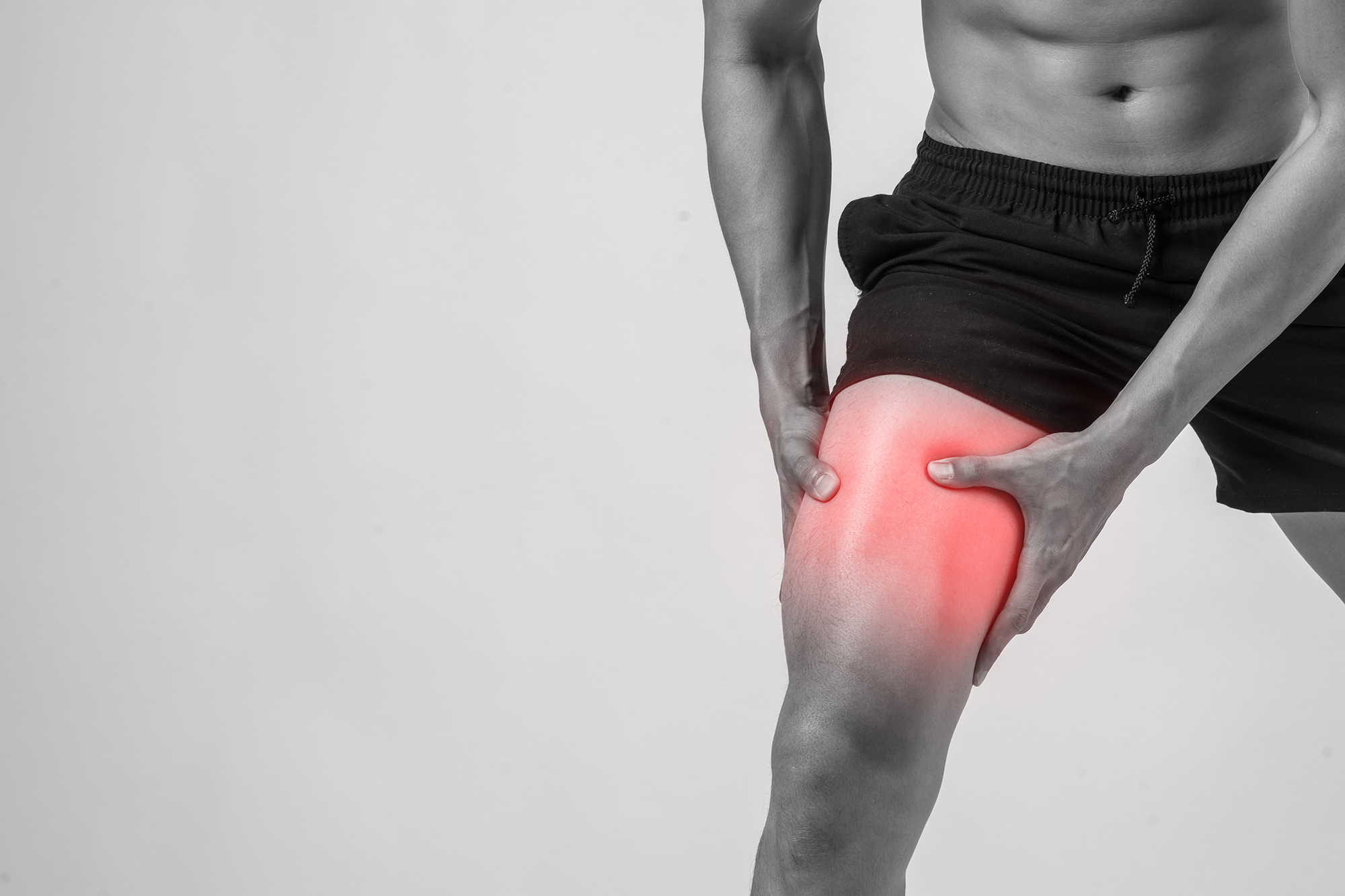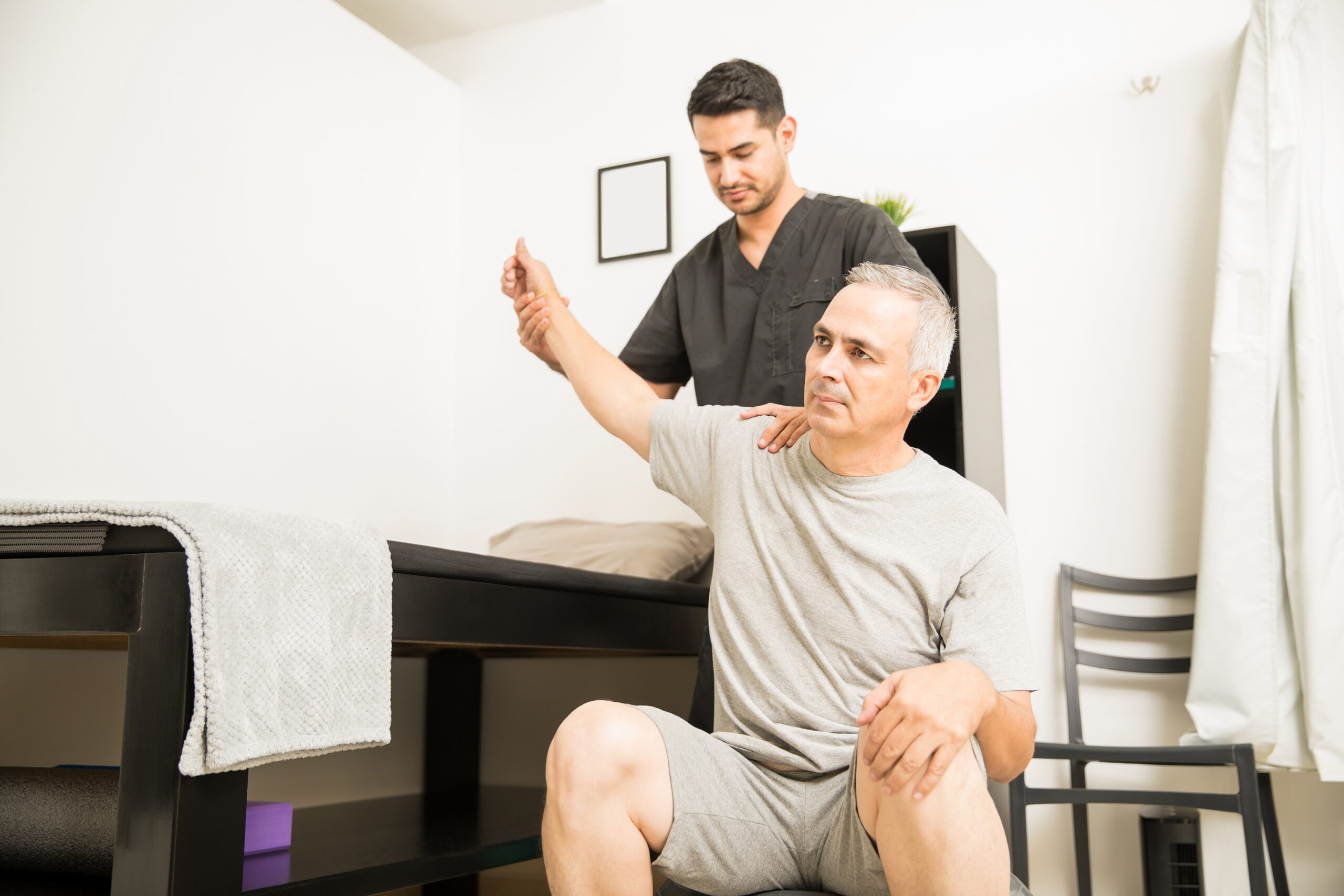Raising them Resilient
January 5, 2025
Most people think joint pain is something that just “comes with age.”
But the truth is, our joints speak to us long before they start to hurt and if we listen early, we can often avoid pain altogether.
As an orthopedic surgeon, I meet people in their 30s, 50s, 70s, and beyond, all dealing with joint issues that could often have been prevented or managed better with a little awareness.
This guide is for you, whether you are starting to feel a little stiffness or already living with arthritis. Let’s walk through what your joints might be telling you, and what you can do at any age to keep them strong, stable, and healthy.
In Your 30s & 40s: Build a Strong Foundation
This is when small joint issues start showing up. Shoulder and neck pain from sitting too long, knee discomfort after a workout or stiffness in the back from poor posture. These early signs are your body asking for support.
What to focus on:
• Start strength training- it builds muscle that protects your joints.
• Be posture aware- maintain right posture while sitting, standing and sleeping.
• Stay flexible- stretch regularly to keep your joints mobile.
• Pay attention early- don’t ignore mild pain that keeps coming back.
Tip: This is a good age to build habits that protect your joints for long term. Prevention is easier than treatment.
-keep yourself hydrated, do regular exercise, eat right calcium and mineral enriched balanced diet.
In Your 50s & 60s: Maintain & Modify
At this stage, you may notice some regular stiffness especially in the morning or after long walks. This is when cartilage starts wearing down slowly. It doesn’t mean you have arthritis, but it does mean your joints need a bit more care.
What to focus on:
• Low-impact exercise- like walking, cycling, or swimming helps without stressing joints..
• Maintain a healthy weight- excess weight adds pressure on your knees and hips.
• Don’t push through pain- adjust activities when joints feel sore..
• Get regular checkups- if you notice swelling or reduced range of motion.
Tip: Most joint issues in this phase can be managed well without surgery if addressed early.
Keep your body weight in check. If you start experiencing any symptoms, make sure to visit your orthopedic surgeon
In Your 70s, 80s & Beyond: Stay Mobile, Stay Independent
At this age, mobility becomes more than just movement. It becomes your quality of life. Many people think slowing down is natural, but staying active is one of the most important ways to prevent falls, maintain independence, and keep your joints from getting stiff or weak.
What to focus on:
• Balance exercises- even a few minutes a day can reduce fall risk.
• Simple daily movement- short walks, gentle stretching, light household work.
• Home safety- reduce trip hazards, use grab bars, wear supportive shoes.
• Bone health checks- monitor calcium, Vitamin D, and bone density regularly.
Tip: Even if you’ve had joint replacements or arthritis, staying active is one of the best things you can do for recovery and long-term health.
Stay motivated, don’t hesitate to seek help, and remember, hydration is key.
When Should You See a Specialist?
If you notice:
• Pain that lasts more than 2-3 weeks
• Joint swelling or stiffness that limits movement
• Difficulty doing daily tasks like walking, standing, or climbing stairs
• Pain that keeps you up at night
These are signs your joints need attention. Early treatment can often help you avoid surgery and stay active longer.
Final Thoughts: Keep Moving, Keep Living
Joint care doesn’t start when pain begins, it starts the moment you choose to take your body seriously.
Whether you are 35 or 85, it’s never too early or too late to take steps that protect your joints and help you stay mobile, independent, and pain free.
Start small. Be consistent. Keep moving.
Your joints and your future self will thank you.
About the Author:
Dr. Niket Shah,
DNB Orthopedic
Orthopedic Surgeon | Joint Replacement Specialist | Sports Injury Specialist







